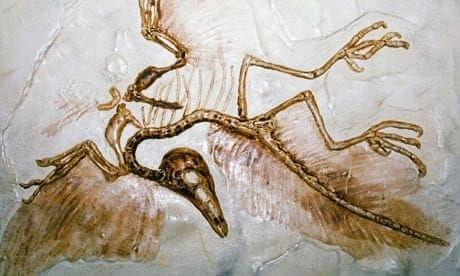(a) Homologous organs perform different functions in different species, they share a common basic structure and embryonic origin.

For example, the forelimbs of a frog, lizard, bird and human being show similarities in basic structure. Despite the fact that these organs serve very different functions, the basic similarity in the forelimbs of these various vertebrates suggests a similar ancestor. This indicates that during evolution, these animals have changed in response to the special needs of the succeeding generations.
(b) Analogous organs have different fundamental structures and embryonic origins, yet they have a similar appearance and serve similar functions.

For example, although a bird’s wings are distinct from those of an insect, both execute the same task of flight. Although they do not have a common ancestor, these organs show that they can nonetheless evolve to carry out similar duties in order to live, thrive, and continue evolving in the current environment. This provides an evolution mechanism.
(c) Fossils are the remains or impressions of dead plants and animals that once existed in the distant past. The fossils offer proof of evolution.

For example, the fossilised bird Archaeopteryx exhibits traits shared by both reptiles and birds. It had features that are unique to birds, such as feathers, fused bones, and a beak, as well as those that reptiles have, such as teeth in the jaws, claws on the fingers, a long tail, etc. Thus, Archaeopteryx serves as a transitional fossil between reptiles and birds, indicating that birds diverged from reptiles through a process known as continuous evolution.
